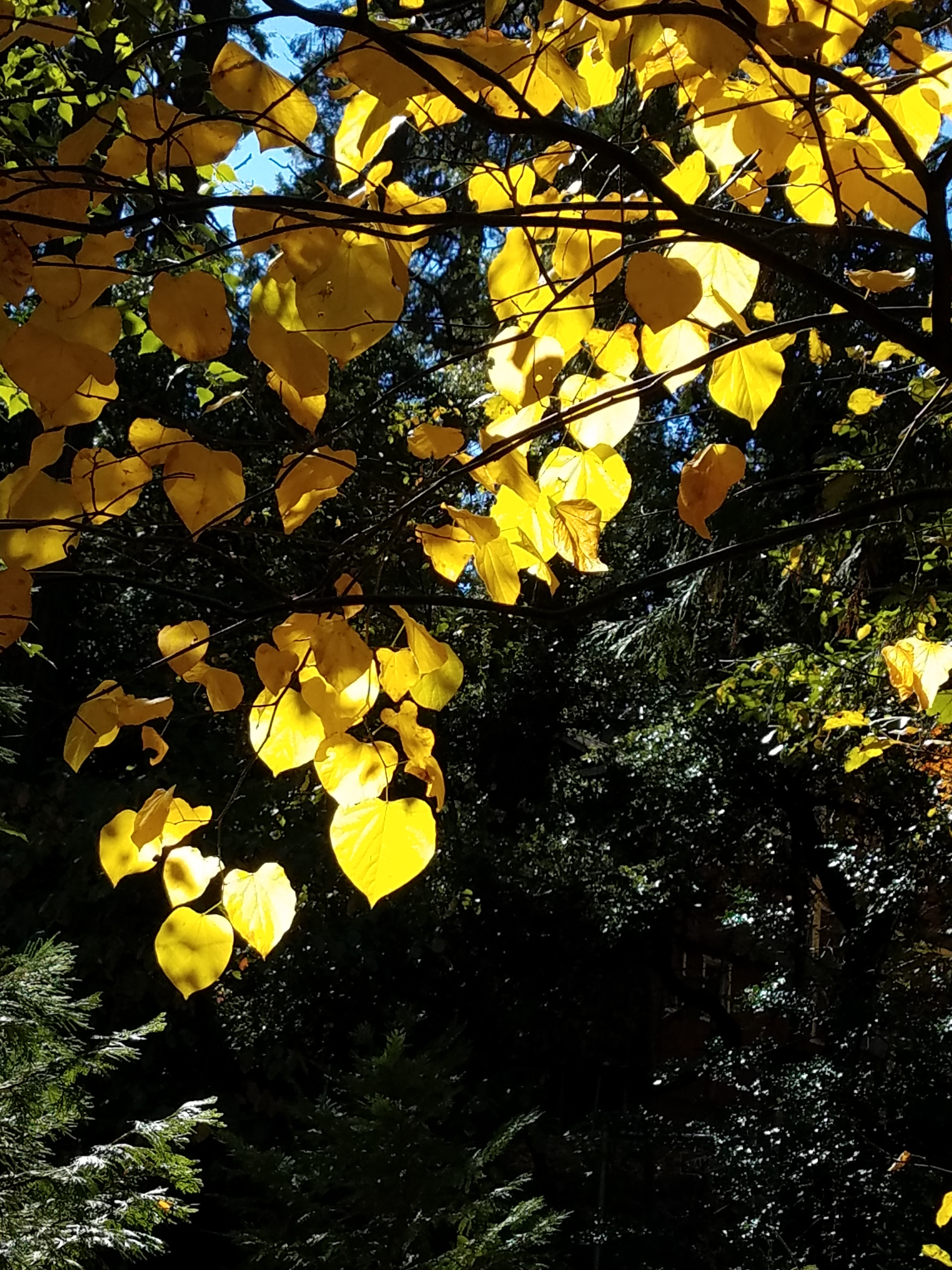My nectarine sapling, my tomatoes, and my corn is growing very well - I have actual unripe nectarines! Very exciting. Even if something other than me ends up eating them this year, I now know that both grow well in the areas I put them.
I didn't finish my defensible space goals before going to Europe, so I'm continuing now. It's a ton of work even though obviously I'm not doing everything they recommend. I live in a forest, I'm committed to rewilding so I'm not raking leaves in the forest areas, and my deck is going to have deck furniture or what's the point?
But I'm doing everything I can, focusing on removing dead weeds, raking paths and other areas with nothing that's supposed to grow on them anyway to create firebreaks, and creating as much of an ember break as I can within the five-foot zone. Unfortunately the only cherry tree branches I can reach to pick the cherries are right up against and over the deck. Still pondering that one. I'm going to consult an arborist anyway so I'll ask about that.
All the leaves, branches, etc, are getting dumped on an ivy-covered downward slope ending in a fence. This is an area which I want to fill in anyway, to smother the ivy and create an area where I can grow... something. It's in dense shade and not easy to reach with a hose so I'm thinking shade-growing native plants.
I have another huge ivy patch I covered in cardboard over a year ago to smother it. I need to cover the cardboard in mulch, then in dirt. Once that's done, I will only have four giant ivy patches remaining, down from the eight or so I started with.
This is half an acre and I'm the only person working on it till I get the arborist involved, so it's a fairly jaw-dropping amount of work. Luckily it's work I enjoy, though I'd enjoy it more if it was cooler.









